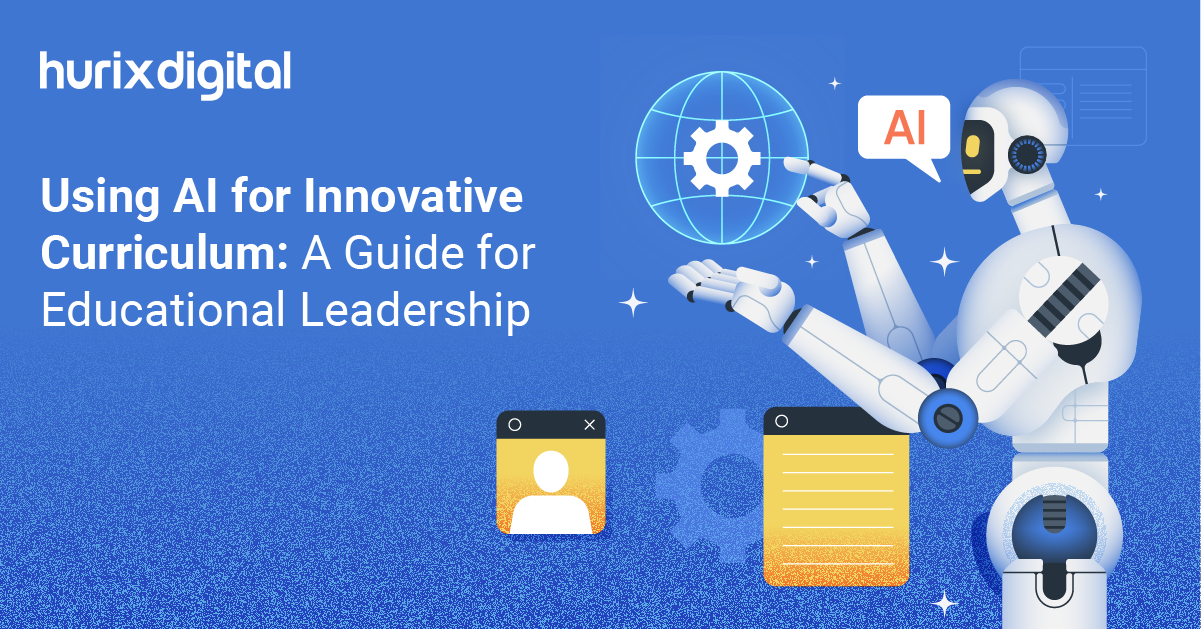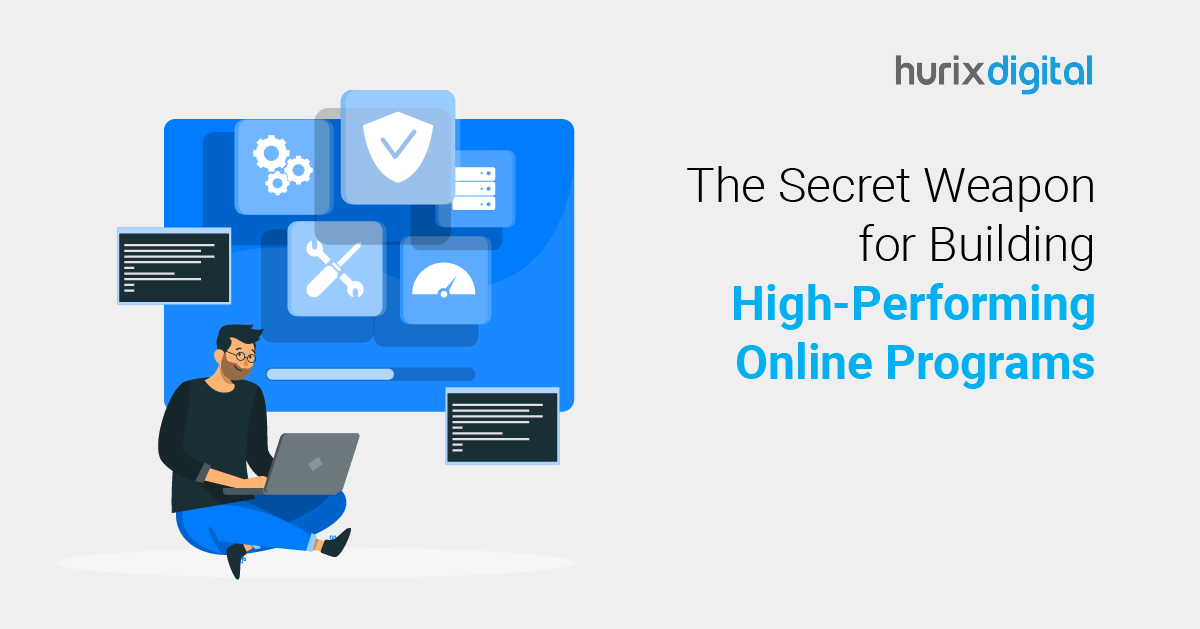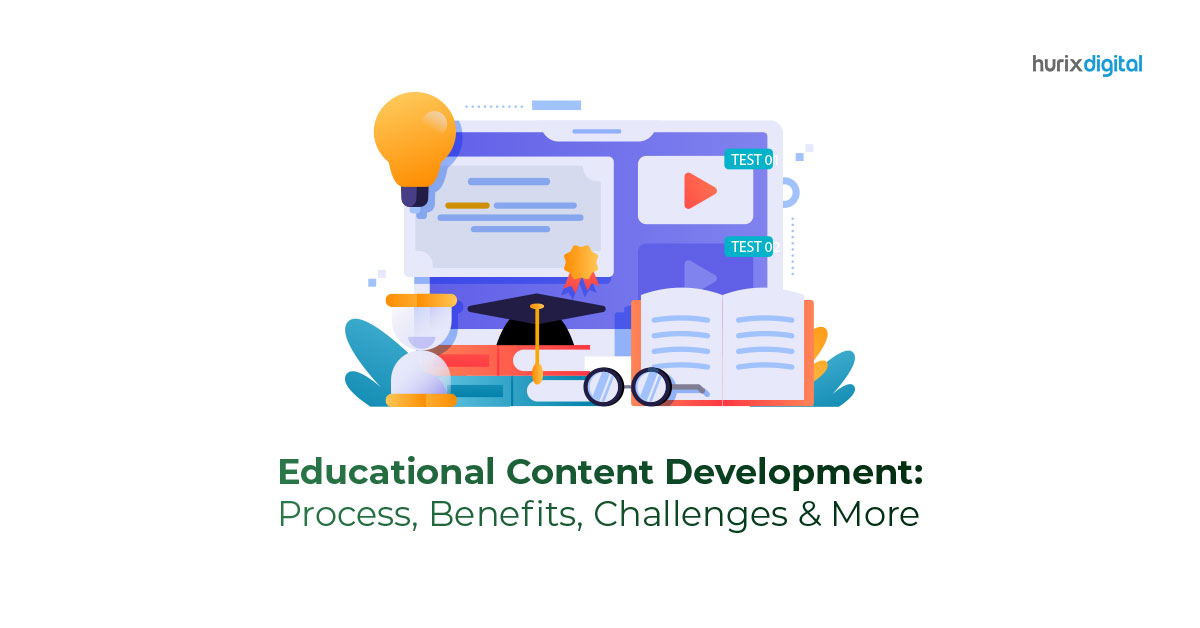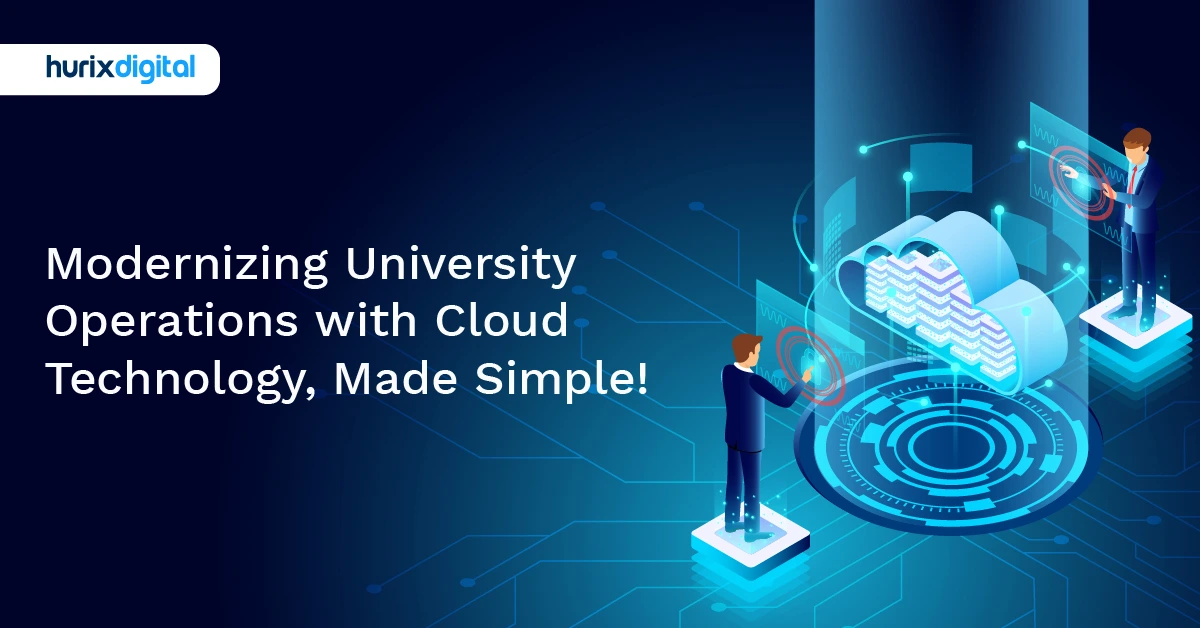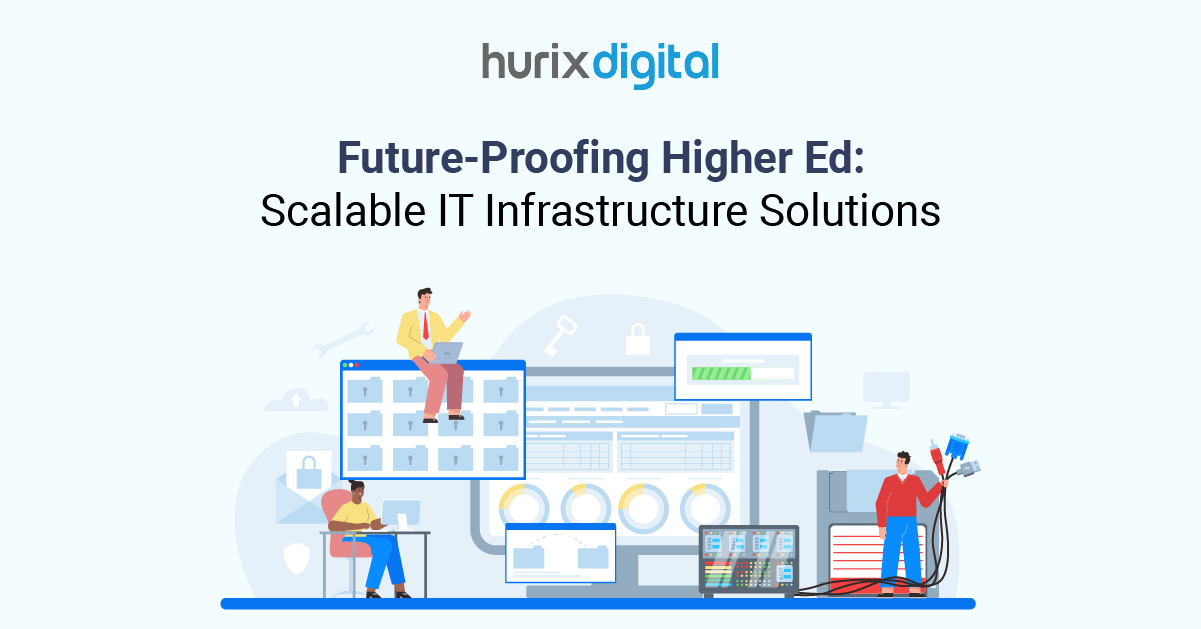
Future-Proofing Higher Ed: Scalable IT Infrastructure Solutions
Summarize with:
Here is the statistic you should be concerned about 77% of HE students encountered technical problems in 2022. This shocking fact presented in the EDUCAUSE report points to one of the key issues of modern education technology.
In an era where technology drives education, a robust IT infrastructure for higher ed is no longer optional—it’s essential. From online courses to administrative processes, every aspect of higher education now relies on digital systems.
When entering the realm of higher education IT solutions, let’s first discuss why having a strong infrastructure is imperative, some of the difficulties institutions encounter, and how to construct an organization capable of addressing the future.
Table of Contents:
- The Importance of IT Infrastructure in Higher Education
- Overcoming IT Infrastructure Challenges in Higher Education
- Building a Scalable and Future-Proof IT Infrastructure
- Best Practices for Higher Education IT Infrastructure
- Conclusion
The Importance of IT Infrastructure in Higher Education
Strong IT support for higher education constitutes the framework of today’s college establishments. It is not merely a matter of having computers and internet connectivity; it is a matter of building a learning, researching, and administrating environment.
Consider these key areas where IT infrastructure plays a crucial role:
1. Digital Learning Support
Since the focus of learning has shifted towards online and blended models, the infrastructure is critical. It guarantees students can readily access learning resources, attend virtual classes, and engage with fellow students without technical hiccups.
2. Administrative Efficiency
From student registration to faculty management, IT systems streamline administrative tasks. This efficiency saves time and resources, allowing staff to focus on more strategic initiatives.
3. Research Capabilities
Advanced IT infrastructure supports complex research projects. It enables data analysis, simulations, and collaborations across institutions and even countries.
4. Student Engagement
Interactive learning tools, online forums, and digital resources enhance student engagement. A robust infrastructure ensures these tools are always accessible and responsive.
5. Data Management and Analytics
Today’s world is more & more inclined towards data-driven decisions, and hence, the availability of infrastructure that can support these large data loads is critical. It makes it possible for institutions to determine the performance status of the students, the working of institutions, and so on.
According to McKinsey & Company, cloud adoption by educational institutions could offer up to $3 trillion in EBITDA benefits by 2030. This underscores the potential impact of investing in robust IT systems for education.
Also Read: How to Successfully Implement Data Analytics in Education?
Overcoming IT Infrastructure Challenges in Higher Education
While the benefits of strong IT infrastructure for higher ed are clear, institutions face several challenges in implementing and maintaining these systems:
1. Budget Constraints
Higher education institutions often operate under tight budgets. Managing the need for technological advancement while balancing budget constraints can be a real dilemma.
Solution: Ensure investments are made focusing on the relevant areas and also look at other potential low-cost opportunities such as cloud computing or any ‘Open source’ technologies.
2. Legacy Systems
In many institutions, outdated systems are typically hard to change or interface with other modern systems.
Solution: Build a gradual plan of change with priority on the core systems first and then the rest.
3. Cybersecurity Threats
With the advancement in technology, schools and colleges have become a common target of cybercriminals, putting sensitive data at risk.
Solution: By adopting user authentication measures and security checks up, it is possible to protect the company’s computer system from unauthorized persons.
4. Rapid Technological Change
It becomes hard for IT departments to keep up with the speed at which technology is growing.
Solution: Promote a culture of continuous learning and innovation. Consider partnerships with tech companies to stay updated on emerging trends.
5. Scalability Issues
As students are increasing and technology integration is becoming more widespread, infrastructure must be able to scale accordingly.
Solution: Use cloud solutions that can be easily integrated and expanded as the institutions evolve.
Building a Scalable and Future-Proof IT Infrastructure
Building a unified, integrated, and sustainable digital learning environment involves tactical considerations and planning. Here are key components to consider:
1. Cloud Integration
Cloud services offer flexibility, scalability, and cost-effectiveness. They allow institutions to adapt to changing needs without significant hardware investments.
Implementation tip: Start with non-critical systems to test the waters, then gradually move core services to the cloud.
2. Network Upgrades
Fast, reliable networks are the lifeline of digital learning technology in higher ed. Upgrading to high-speed internet and implementing robust Wi-Fi networks is essential.
Key consideration: Plan for increased bandwidth needs as more devices connect to your network.
3. Data Management Systems
Data management is crucial because it helps in decision-making and enhances organizations’ operations. This is important in dealing with increased amounts of information in learning institutions.
Best practice: Implement data governance policies to ensure data quality and security.
4. Cybersecurity Measures
Protecting sensitive data is paramount. Robust security protocols safeguard against evolving cyber threats targeting educational institutions.
Must-have: Implement a security model that addresses prevention, detection, and counter-measure tactics.
5. IoT Integration
The IoT is a revolutionary technology and is taking campuses with it, it is one of the most upcoming technology implementations in higher learning intuitions. The incorporation of IoT in schools and colleges can include intelligent classrooms, energy management, and many more.
Consideration: It is also important to check whether your network is capable of supporting the number of connected devices.
Best Practices for Higher Education IT Infrastructure
To maximize the benefits of your IT infrastructure for higher ed, consider these best practices:
1. Regular Assessment and Upgrades
Conduct periodic audits of your IT systems. Update or replace outdated components to maintain optimal performance.
Tip: Create a technology refresh cycle to plan for regular upgrades.
2. User-Centric Design
Design your infrastructure with users in mind. Ensure that it is user-friendly to students, faculty, and staff.
Approach: Allow the end-users to be involved in the design process either through online forms or surveys, focus groups, or beta testing.
3. Embrace Emerging Technologies
Stay current with digital transformation in higher education. Use Artificial intelligence, virtual reality, and blockchain to improve learning strategies and organizational functioning.
Strategy: Establish an innovation laboratory that acts as a proving ground for new technologies before their application.
4. Invest in Training
Provide ongoing training for IT staff and end-users. This ensures effective management and use of your infrastructure.
Best Practice: Design a training program that would focus on technical skills as well as on soft skills.
5. Prioritize Accessibility
Your access to information in the digital learning environment must be accessible to everybody, including persons with disability.
Guideline: Comply with Web Content Accessibility Guidelines (WCAG) 2.1 standards.
6. Implement Robust Support Systems
Offer comprehensive technical support. This minimizes disruptions and enhances user satisfaction.
Tip: Consider implementing a tiered support system to handle issues efficiently.
7. Focus on Integration
Ensure all systems work together seamlessly. This improves efficiency and user experience.
Strategy: Use APIs and middleware to connect disparate systems.
8. Plan for the Future
Design your infrastructure with future growth in mind. This helps avoid costly overhauls down the line.
Approach: Develop a strategic 3-5 years technology plan based on the institution’s strategic planning.
Also Read: A Deep-Dive Into the Inclusive Education Approaches in the USA
Conclusion
Setting up the right IT structure for higher education is not a simple feat but one that must be accomplished. It involves regular planning, refinement, and cognition of your institution’s requisites for bringing variation.
Challenges, thus, need to be tackled proactively and solutions need to be executed perfectly so that there is a framework that can be maintained to foster digital learning and institutional growth and development efficiently. Remember, the goal is not just to keep up with technology but to leverage it to enhance education and drive innovation.
Our technologies at Hurix Digital are focused on creating highly customized solutions for higher learning institutions. Allow our team to help you with designing the rather efficient IT systems that you need at the present moment and soon.
Ready to transform your IT infrastructure for higher ed? Get in touch with Hurix Digital now to know how you can extend your digital learning assistance and how to construct a future-proof campus.
Summarize with:

Senior Vice President
A Business Development professional with >20 years of experience with strong capability to sell new solutions and develop new markets from scratch. New Market Entry Specialist with experience working in the largest emerging markets. Exceptional experience in conceptualizing, ideating and selling new learning technologies like VR AR, etc. across multiple industry verticals.
 A Space for Thoughtful
A Space for Thoughtful 
